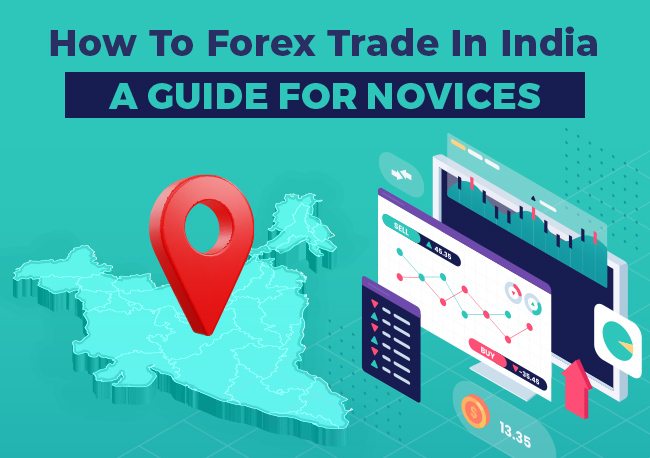India, one of the major continents of Asia with a population of 1.417 billion, showcases a diversity of cultures, ideologies, and languages. The land is known for many incredible things, like being the largest democracy in the world, the biggest portal network around the globe, dramatic history, various delectable cuisines, and world-famous monuments.
Besides these extraordinary aspects, India is widely recognized for trading, especially forex trading. Forex trading has always been a controversial subject, and many novices and expert traders debate whether or not it is legal in India.
Want to know how to do forex trading in India legally? Continue following this article as we shed light on the topic.
Is Forex Trading Legal In India?
Using foreign exchange platforms or performing direct trading in the foreign exchange market is completely banned in India. However, trading is still possible through currency exchange in the stock market, like NSE (National Stock Exchange), BSE (Bombay Stock Exchange), MSE (Metropolitan Stock Exchange), and MCX-SX (Multi-commodity Exchange). Although, you need to ensure that other currencies should include Indian Rupee (INR).
Now that you know the legitimate way of doing forex trading. Let us walk you through certain aspects you must take into consideration before investing in forex.
Also Read: Tips to Start a Domain and Hosting Reseller Business
Forex Trading in India: 6 Things You Must Know Before You Start
➢ Who Regulates Forex Trading in India?
The legal provision of forex trading is controlled and managed by the Securities and Exchange Board of India (SEBI). Whereas, the Reserve Bank of India (RBI) handles forex transactions. All in all, it is jointly regulated by SEBI and RBI.
➢ What are the Legal Consequences of Illegal Forex Trading in India?
Under the Foreign Exchange Management Act (FEMA) 1999, traders who commit a regulatory violation by illegal trading on unauthorized trading platforms or in an unknown area are liable to receive punishment. They are fined a sum of 10,000 rupees for each day they trade. Moreover, illegal traders will likely be imprisoned for up to 5 years under Section 13(1C).
➢ Which Currency Pairs Function For Trading in India?
Below are the currencies that involve Indian Rupee (INR):
- ★ USD (United State Dollar) and INR
- ★ EUR (Euro) and INR
- ★ JPY (Japanese Yen) and INR
- ★ GBP (British Pound Sterling) and INR
➢ Why Currency Pairs that do not include Indian Currency are Illegal to Trade in India?
Many traders wonder why forex trading in India is not legal. And why Indian traders can only exchange in their native currency pairs. One significant reason is that the Indian Rupee is not a strong currency compared to other currencies.
Another reason is that the government, economists, and banks do not want to jeopardize their forex reserves. It could lead to a deferred outflow of assets, causing a record shortfall in the trading account. Plus, trading in non-Indian pairs has a potential risk of personal data losses of citizens. This is why forex trading is limited in India.
➢ Do traders Need a Demat Account For Forex Trading?
It is not necessary to have a Demat Account for forex trading as all of the transactions are carried through a non-deliverable forward (NDF) (Also means cash-settled). Demat Account is usually required when you perform Stock Parking, but if you just execute NDF transactions, all you need to do is create a trading account and link your bank account with the same to transfer funds.
➢ Is There a Difference Between Forex and Currency Trading?
No, both forex and currency trading are the same. Forex trading is commonly referred to as currency trading, where traders buy and sell national currencies to earn profits or evade exchange rate fluctuations.
If you are new to the forex trading world, you must learn a few basic terms to enhance your knowledge.
Basic Terminologies of Forex Trading
Take a Look at Infographic below for a quick understanding!
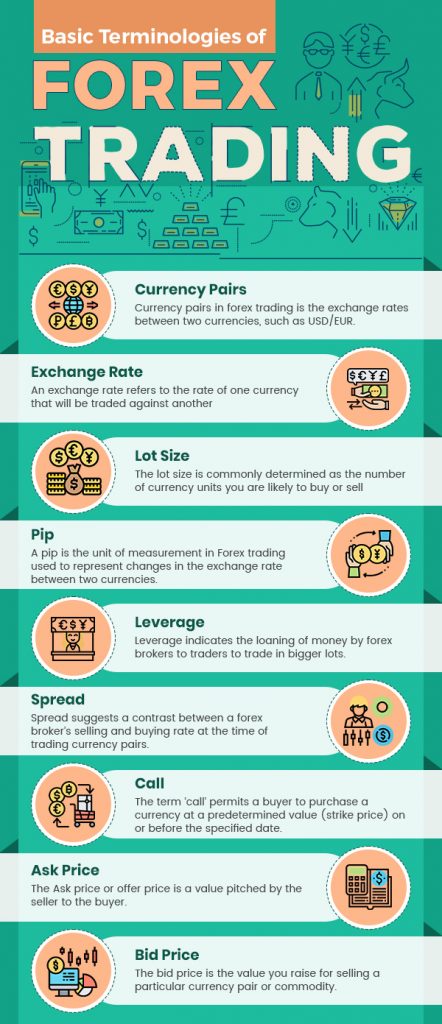
➢ Currency Pairs
A currency pair is the quoted value of two different currencies, where the base currency, also known as the first currency, is compared with the value of another currency, also known as the quote currency. It is like a one-to-one comparison between two different sets.
The most common example of a currency pair is the EUR/USD pair, which represents the value of one Euro in terms of US dollars.
When trading in the foreign exchange market, traders can buy or sell a currency pair in order to profit from the change in the exchange rate. For example, if a trader believes the Euro will strengthen against the US dollar, they may buy the EUR/USD currency pair. If the Euro strengthens and the exchange rate increases, the trader can sell the pair at a higher rate than they bought it, making a profit.
➢ Exchange Rate
An exchange rate refers to the rate of one currency that will be traded against another. For example – you are trading $200 of your native currency with another foreign currency. If the demand for your native currency exceeds the foreign one, you will get a higher exchange rate.
The exchange rate also exhibits the quoted currency’s required price to buy a unit of the base currency.
➢ Lot Size
Forex trading is generally executed in lots. The lot size is commonly determined as the number of currency units you are likely to buy or sell. For instance – purchasing 1 standard lot, which is 100,000 units of a EUR/USD currency pair at the value of 1.3125, you basically buy 100,000 Euros and sell 131,250 US Dollars.
Selling 1 micro-lot, which is 1,000 units of the same currency pair at the exact value, you primarily sell 1,000 Euros and purchase 1,312 US Dollars.
➢ Pip
A pip also referred to as percentage in point or price interest point, helps measure the fluctuations caused in the exchange rate for a currency pair. Most currency pairs have 4 decimal points, except for the Japanese Yen. It has only 2 decimal points. The price change is calculated through the last decimal point.
Let’s suppose – A currency pair of INR/USD shifts from 1.5550 to 1.5551; that’s 1 pip movement. If it moves from 1.5550 to 1.5555, that is 5 pip movement.
➢ Leverage
It indicates the loaning of money by forex brokers to traders to trade in bigger lots. Usually, leverage depends on how much a forex broker is flexible enough to lend you money. At the same time, it also relies on the type of account you create, what is the leverage of the account you created, and how much leverage you need.
➢ Spread
Spread suggests a contrast between a forex broker’s selling and buying rate at the time of trading currency pairs. It can also be called an asked and bid value by the broker during forex trading. There are big and small spreads; some are fixed, while others can be variable.
➢ Call
The term ‘call’ permits a buyer to purchase a currency at a predetermined value (strike price) on or before the specified date. Buyers commonly invest in a currency when they foresee the rising value of the currency and how it can be profitable for them in the future.
As a forex trader, if you want to secure a currency for a specified price and time, the ‘call’ technique is the perfect option for you.
➢ Ask Price
The ask price or offer price is a value pitched by the seller to the buyer. The ask price is always displayed on the right side of the quote currency (base currency), where you can purchase the base currency/commodity at the shown price.
➢ Bid Price
The bid price is the value you raise for selling a particular currency pair or commodity. Commonly, two prices are quoted for currency pairs, and you are supposed to bid at the first listed value to sell the currency pair. You must remember that the bidding value should be lower than the asking price.
Since you are clear with the basics, we shall explain the currency trading strategies.
5 Main Types of Currency Trading Strategies
➢ Price-action Trading
Simply explained, the trader utilizes this systematic trading technique to understand the market and make profitable trading decisions based on the variations in the price of a currency. Unlike following only the technical indicators, this strategy gives you real-time insights into price movements of recent and past times.
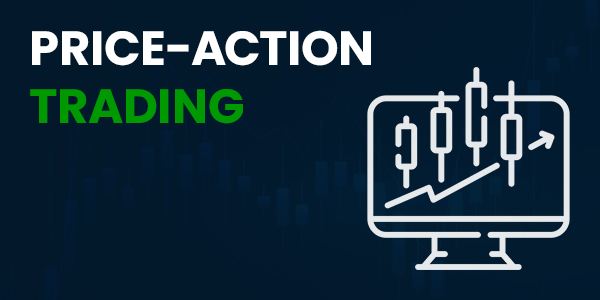
The strategy utilizes technical analysis tools such as charts, trend lines, price bands, high & low swings, technical levels, and more. This strategy is mostly practiced by retail traders, speculators, & trading firms and can be used for equities, bonds, forex, commodities, etc.
➢ Position Trading
This strategy involves a trader making an investment or purchasing a currency by anticipating that the purchased currency will gain 2x or 3X value in the foreseeable future. Compared to a day trader, a position trader is more concerned with the long-term position of the currency rather than getting involved in short-term fluctuations.
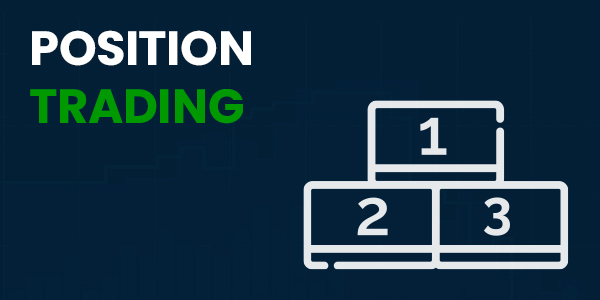
Position traders don’t trade on a regular basis. According to the trend, they will do fewer trades, like 10-12 trades in a year. Meaning, they will determine a trend and place a trade to seek benefit from it in the long term.
➢ Day Trading
Day trading involves a trader purchasing and selling currency in a day or even within seconds. Here, a trader keeps a continuous eye on the market to buy and sell the stocks at an instant price shift to gain better profits.

Day traders know the ins and outs of the market and trading strategies compared to other traders. They use their knowledge and techniques to capitalize on predetermined market inefficiencies.
➢ Scalping
This type of trading style comprises traders buying currencies at small price fluctuations and reselling them at better value to make bigger profits. Although it is crucial for a trader to have a well-defined exit strategy to ensure there are no big losses.
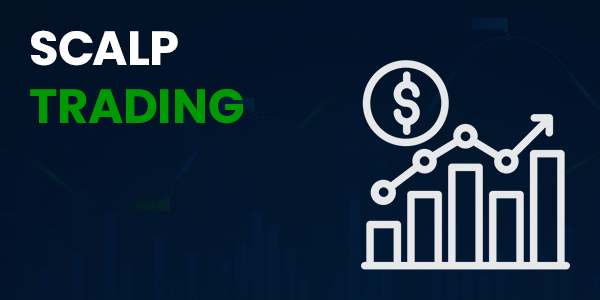
To eliminate the risk of potential losses and accomplish a successful outcome of this strategy, a trader needs the right tools like live feed, a direct access broker, and, most importantly, perseverance to place multiple traders.
➢ Swing Trading
This trading strategy includes acquiring short to medium profits in a limited timeframe (a few days or weeks). A swing trader generally utilizes technical analysis (an approach where a trader evaluates and anticipates the variation in price by past market data) to seek profitable trades.
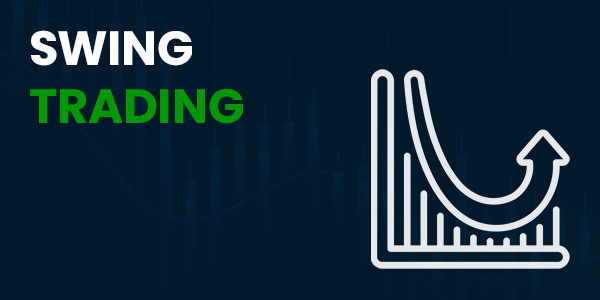
A swing trader may also leverage fundamental analysis (a technique to comprehend the actual & fair value of a stock in the market) to assess pricing trends and patterns.
Now that you are familiar with the strategies, terminologies, and other critical aspects of forex trading, let’s jump to our main question, how can I legally trade forex in India?
How To Invest In Forex In India?
Below are the steps to do forex trading legally in India:
Step 1: Get a Reliable and Fast Internet Connectivity
The foremost step for forex trading is having a quick internet connection that ensures zero to minimum latency. Forex trading is a competitive market; staying ahead is necessary to grab a desirable trade. Hence, it is paramount to have a good internet connection.
Once you get high-speed internet, the next step is getting a hosting service, and no other hosting type comes as close as VPS. VPS hosting services are a perfect example of great performance. It reduces latency and slippage and acts like a dedicated server.
When high-speed broadband is combined with VPS hosting, you get a lightning-fast trading experience. Meaning your orders are delivered to the broker at a faster rate.
In fact, many VPS hosting service providers offer a dedicated VPS to Forex. Forex VPS hosting is specifically designed for forex trades to ensure continuous trades with maximum safety and security against system failures. Besides securing your system and reducing latency, you can create constant backups of your entire trading, including the OS and trading software.
Also Read: What Is VPS In Forex? A Comprehensive Guide For Traders
Step 2: Get a Licensed Forex Broker
Here are a few things you must take into account when finding a forex broker:
- Brokers should be compliant with the rules and regulations of forex trading. They should have a forex trading license to ensure seamless forex operations.
- Must be acclaimed and trusted in the market.
- Should have a low fee structure. Besides that, you must also look for additional charges like account fees, inactivity fees, price-per-trade fees, and currency conversion fees. Taking care of these extra costs ensures the trader does not gobble up your profit.
- Since forex is a 24*5 global market, choosing a broker that offers round-the-clock, reliable trading services is great. So you don’t miss out on any trading opportunities.
- Do seek traders offering high operating leveraging ratios at smaller margins.
- Successful trading brokers will have the tools and resources with a perfectly-maintained platform. Testing the platform is the best way to know whether or not it is accurate for your specific criteria. Go through every tab you see on the platform and check their data. Review the motions of placing a trade to understand how seamlessly trade places.
Also Read: How Does A VPS Work? A Complete Guide For Beginners
Step 3: Create a Forex Account
To open a currency trading account, you need to fulfill the typical signup requirements such as:
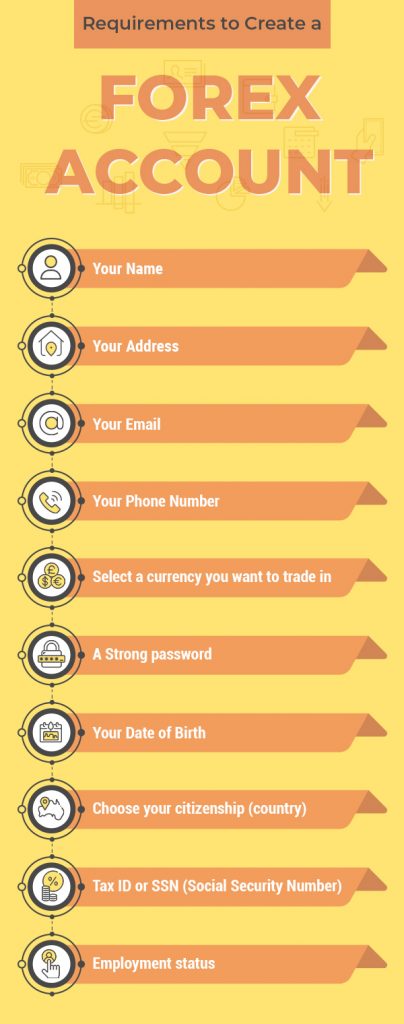
Once you add these details, submit the documents for the KYC process. Giving identity proof, bank account details, and income proof are necessary. After the process is completed, you will get notified through email.
Step 4: Add Funds to your Trading Account
With the approval, you have to deposit funds into your trading account to start trading. According to SEBI, you also need to keep a particular margin quota in cash. The remaining margin will be considered as additional funds.
Step 5: Start Trading
Now that you are all set! It’s time to place your first trade. Initiating trades at smaller amounts and at low leverage is advisable. Since you are just starting out, you should not be expecting to gain bigger profits. This is a smart game that you master over time.
You might be wondering that setting up an account and trading is the only thing you must do. However, your job does not end here. To become the best trader, you need to hone your skills which is only possible through practice and discipline.
Below are a few tips you can keep in check to diversify your portfolio and become a successful trader.
- ➔ Identify your goals and trading style, as this will help you understand your end goal and how you will get there.
- ➔ Get a reliable & trustworthy broker who has a well-maintained trading platform that goes hand-in-hand with your trading requirements.
- ➔ Follow a consistent methodology and technique to make accurate trading decisions.
- ➔ Comprehend the exit and entry points by keeping an eye on the fundamentals and charts of trading to understand the best time to place a trade.
- ➔ Calculate the expectancy by looking at past successful and unsuccessful trades. With the overview of your trades, you can calculate the reliability of your system and craft a successful trading plan.
- ➔ Eliminate risks through stop-loss orders. To control substantial losses, you can use the forex risk management tool to analyze the risk per trade.
- ➔ Perform weekend analysis by studying weekly charts. This helps in understanding the patterns or news that might affect your trades.
- ➔ Start keeping track of your trades. You can print out daily and weekly charts and point out the reasons why you suffered a loss during a trade. You can also list out the entry & exit points, fundamentals, and other reasons that swayed your decision.
Thoughts On Forex Trading
Forex trading is like a game of snakes and ladders. Some days you reach the top and earn great profits, and other days you get bitten by the snake (your decisions, fluctuations in the price, or any other possible reason) and incur smaller or bigger losses.
Despite everything, focus on risk management, learn to accept the losses, big or small, rather than counting equity, and always appreciate yourself when you execute a great trade. Keeping all these aspects in check will make you a proficient and successful trader.
